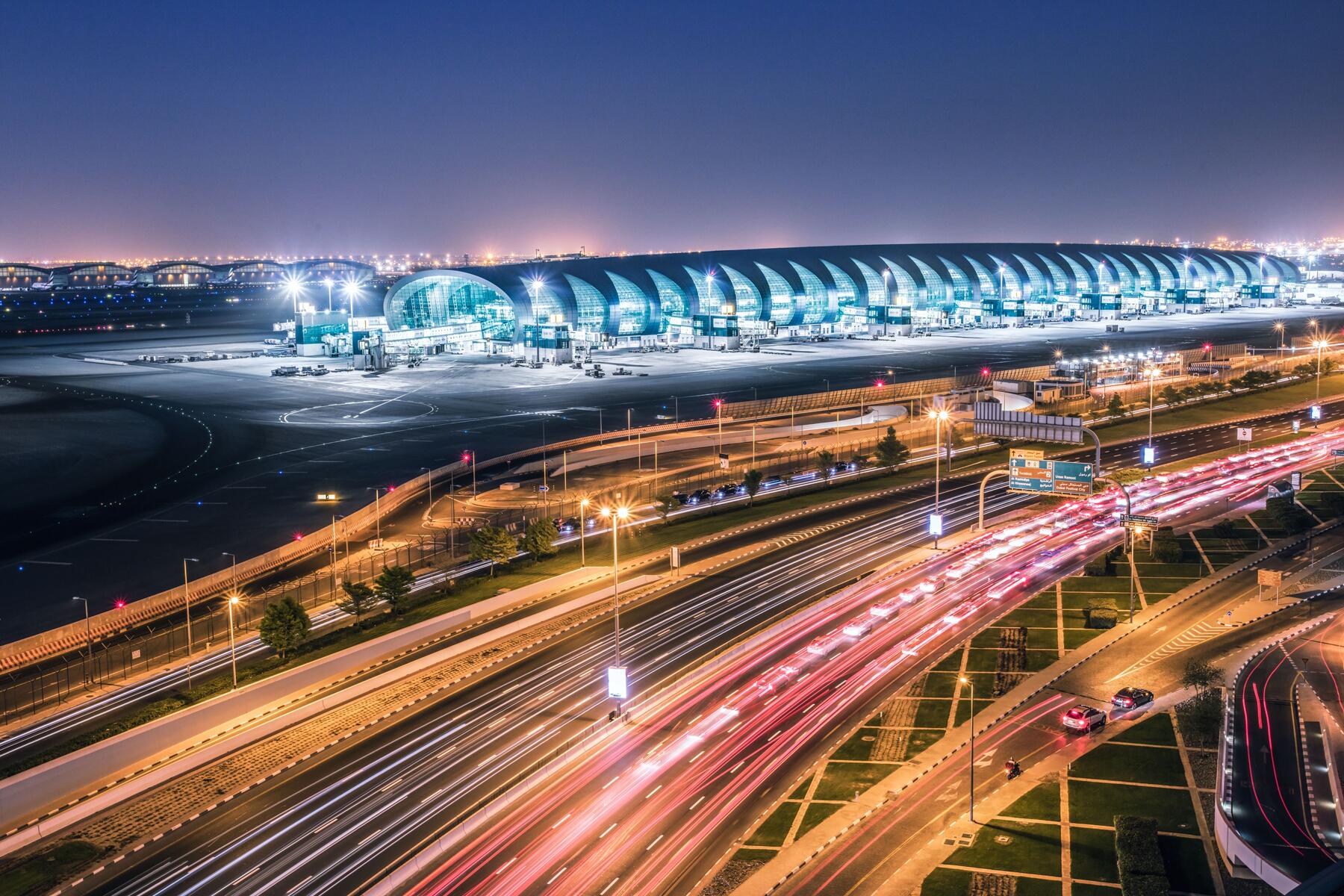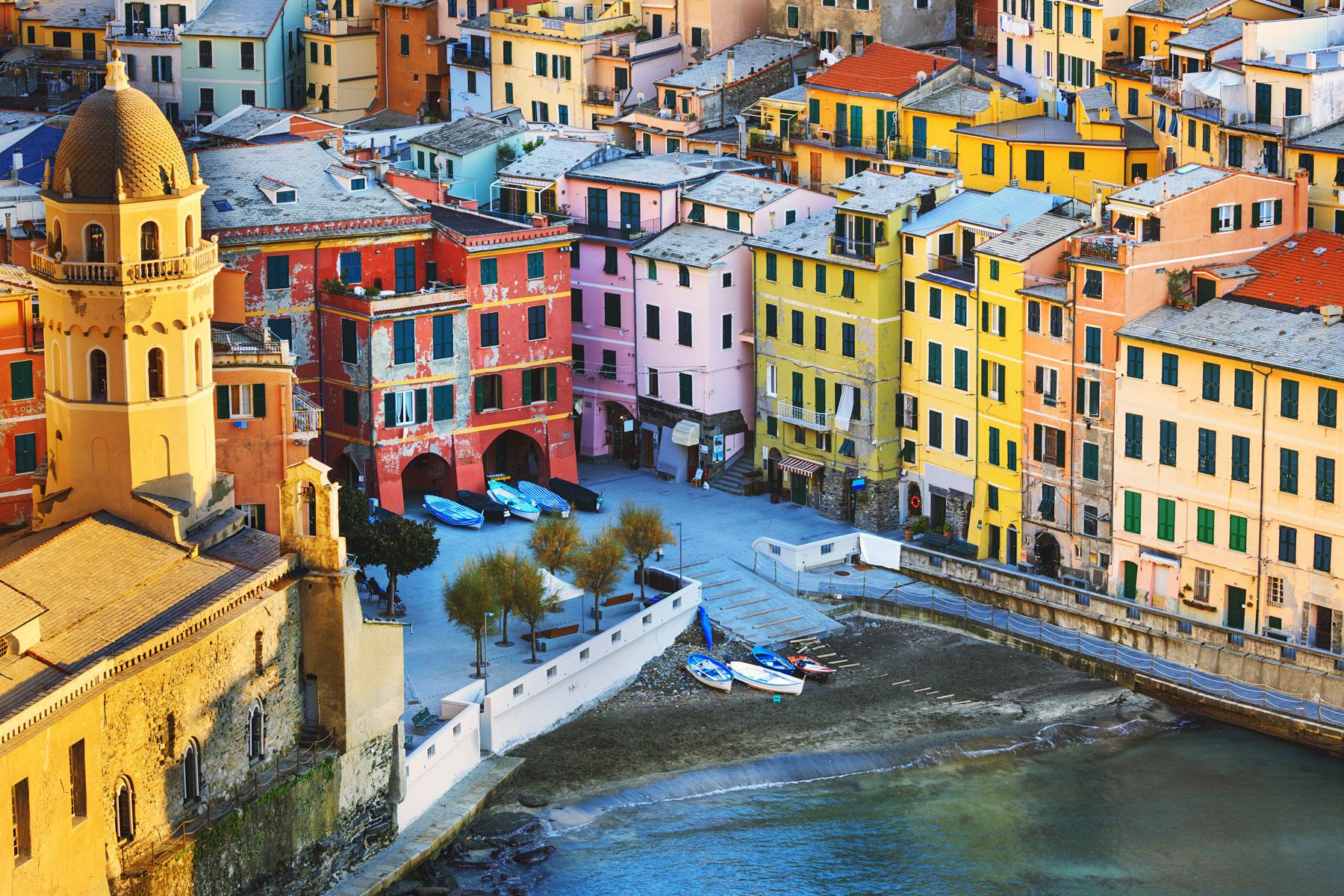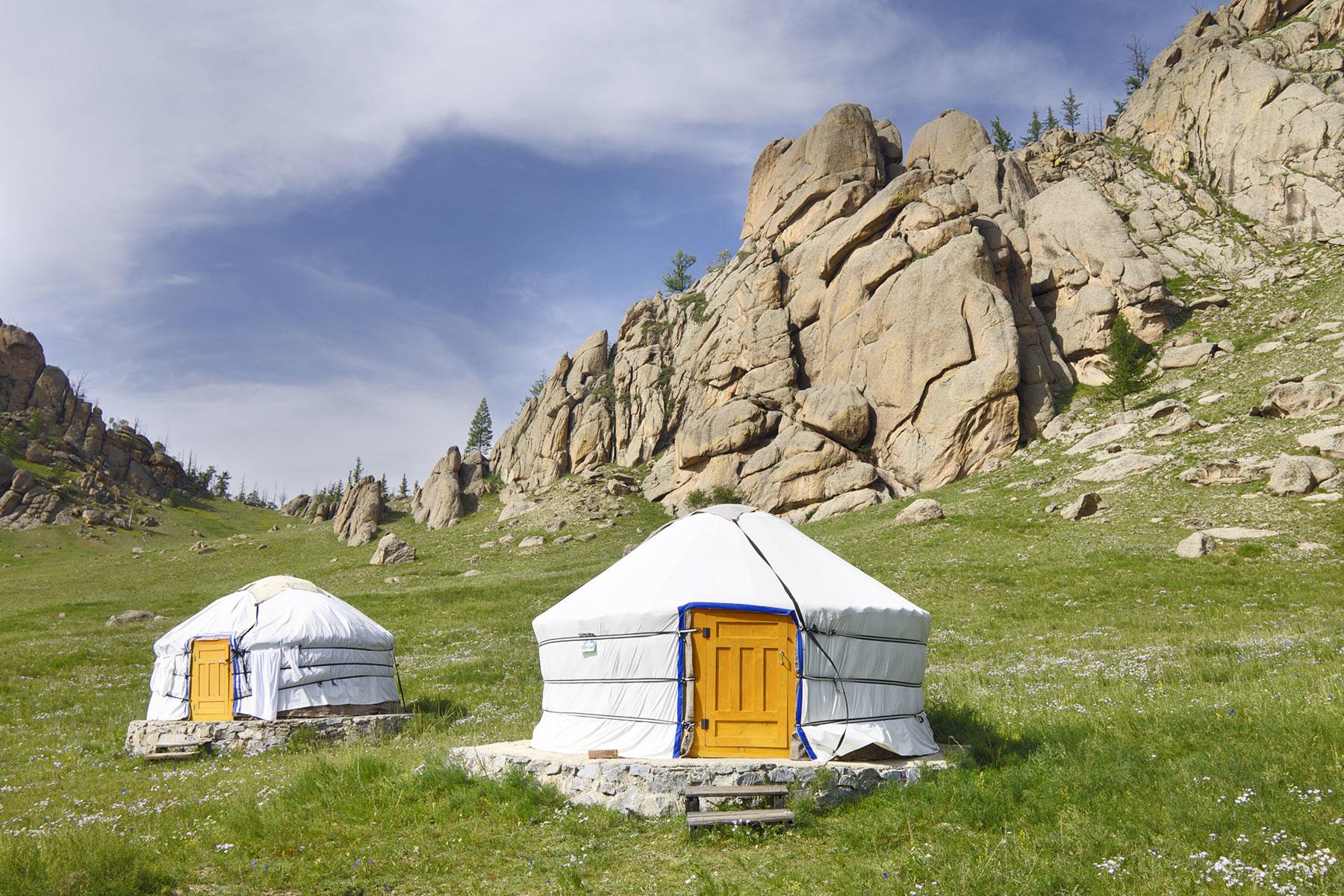- ⁄
- Travel News
- ⁄
- News •
- Outdoors •
- Trip Ideas
Mongolia, one of the least populated countries in the world, is a destination for epic adventurers.
Rugged, landlocked Mongolia is the final frontier of intrepid travel. Stretching across vast, uninterrupted swaths of steppes and summits, the land of shamans and wild horses feels as if it were frozen in time. With a population of just over 3 million people in an area roughly the size of Alaska, Mongolia is one of the least populated countries on the planet. Here are 10 epic adventures you can only have in Mongolia.
Top Picks for You
Hike in the Gorkhi Terelj National Park
Gorkhi Terelj National Park is one of the largest nature reserves in Mongolia. Conveniently located near the capital, Ulaanbaatar, this wild nature reserve features whimsical rock formations and unscalable granite cliffs set in the valley of the Terelj river. A place popular with Mongolians and tourists, this is a rare opportunity to see other people out and about as you’re traveling through the land.
Climb the "Singing Dunes" at Gobi Gurvan Saikhan National Park
On your travels through diverse Mongolian landscapes, you’ll encounter steppes and mountains, deserts and frozen lakes. The vast Gobi desert (gobi means “waterless place” in Mongolian) covers parts of Northern China and Southern Mongolia and is a refuge to some of the rarest animals on the planet, such as the snow leopard. This not-to-miss arid land features giant dunes reaching 1,000 feet in some areas. Gobi’s most famous sand formations are the Khongoriin Els, the “Singing Dunes.” The humming noise made by the wind as it moves grains of sand through the desert is a natural phenomenon that attracts thousands to the dunes each year.
Recommended Fodor’s Video
Ride Two-Humped Camels in the Gobi Desert
The native of Central Asia, the Bactrian camel can only be found in some parts of the Gobi desert in Mongolia and China. Although an endangered species (fewer than 400 exist in the wild), the Bactrian camel can still be spotted sailing across the Mongolian dunes like an enormous ship of the desert.
Climb the Flaming Red Cliffs
An ancient seabed turned playground for dinosaurs around 70 million years ago, the dramatic Bayanzag is the outdoor adventure lover’s favorite today. First, dinosaur eggs, among other fossils, were discovered here at the turn of the 20th century by American archaeologist Roy Chapman Andrews. Even today, it is possible to stumble upon large strange-looking bones here. Located near the Gurvan Saikhan National Park in Southern Mongolia, the heavily eroded reddish ridge turns deep ochre at dusk. Bayanzag cliffs are covered with a thick shrub of the saxaul tree, a snack of choice for the Bactrian camels. Chances are, you’ll see the animals grazing nearby as you climb to the top.
Drive Across the Steppes to See an ancient Capital City of Kharkhorin
Inhabited by the Huns since at least 3rd century BCE, Mongolia united and subsequently became a world-famous conquest power during the rule of Genghis Khan in the 12th and 13th centuries AD. In Central Mongolia, Genghis Khan established a capital city of Kharkhorin (also known as Karakorum). In the centuries that followed, Kharkhorin went through periods of blossom and decline, until it was re-discovered by Russian explorers in the late 18th century.
INSIDER TIPWhile visiting Erdene Zuu, a 16th-century monastery built on the grounds of the former capital, don’t be surprised to stumble upon a bizarre 24-inch phallic formation. According to legends, this famous sculpture called Kharkhorin Rock was built to serve as a reminder to Erdene Zuu monks of their celibacy vows.
Visit Tsagaan Suvarga, the White Stupa
The incredible rock formations in Southern Mongolia’s Dundgovi province once used to belong to an ancient seabed. Eroded and shaped by winds over millennia, these limestone and clay deposits have turned into whimsical shapes such as fairy chimney-like spires and deeply cut canyons, with layers of geological history represented in a vivid rainbow of white, yellow, pink and red hues. From afar, the White Stupa formation looks as if it were a prehistoric town, now abandoned. There are indeed multiple caves and rocks with petroglyphs in the area, most famous of them found on the eastern slopes of the nearby Del Uul mountain.
Stay With Nomadic Families
In Mongolia, it is entirely possible to drive for miles without seeing another human being. Many families outside the urban centers uphold the age-old nomadic or semi-nomadic lifestyle. You’ll sleep in gers, the traditional Mongolian insulated tent dwellings, surrounded by nothing but empty lands and livestock (there are 60 million livestock in the country of only 3 million people).
Ride Horses in the Wild Grasslands of the Orkhon Valley
Throughout Mongolia’s history, the lives of people that inhabit this land have been tied to horses. Outside of big cities, horses are often used as the main modes of transport today. Orkhon Valley is at the heart of Mongolian horsemanship culture. Part of Orkhon Valley Cultural Landscape that includes multiple archeological sites in the valley as well as the ancient capital, Kharkhorin, the area is designated as the UNESCO World Heritage site due to its heritage. Here you can try horseback-riding and observe large herds grazing on Orkhon Valley’s rich green grasslands.
Head West for Hunting With Eagles
For this truly epic adventure, you would need to travel to the remote, westernmost Mongolian province of Bayan-Olgii. Here, the ethnic Kazakhs known as Berkutchi practice the age-old craft of hunting with the eagles on the vast steppes surrounded by the imposing Altai mountain range. Female birds are taken into training as chicks and over the years, a special bond develops between hunters and their animals.
INSIDER TIPFor an opportunity to see the hunters in action, don’t miss the Altai Kazakh Eagle Festival in mid-September and the better-known Golden Eagle Festival in early October (the largest gathering of eagle-hunters and birds in the world).
See Wild Horses Roam Free at Khustai National Park
Once you’ll witness rare Przewalski horses (known as Takhi in Mongolia) galloping through the hills and fields of Khustai National Park, your epic Mongolian journey will be complete. These short, stocky horses are the only truly wild horses on Earth and they have a fascinating history. Once found throughout Europe and Asia, they went nearly extinct in the 20th century (at some point, only 12 species remained in the wild). Today, due to international conservation and reintroduction efforts, the Przewalski horses roam free in parts of Mongolia, China, and Kazakhstan.





